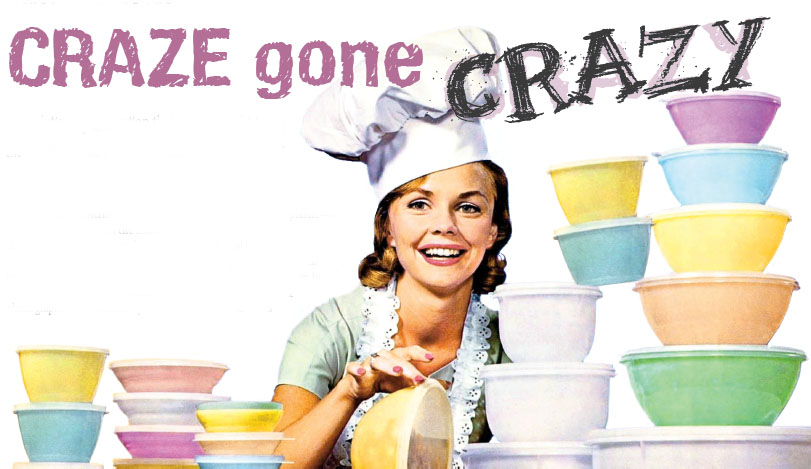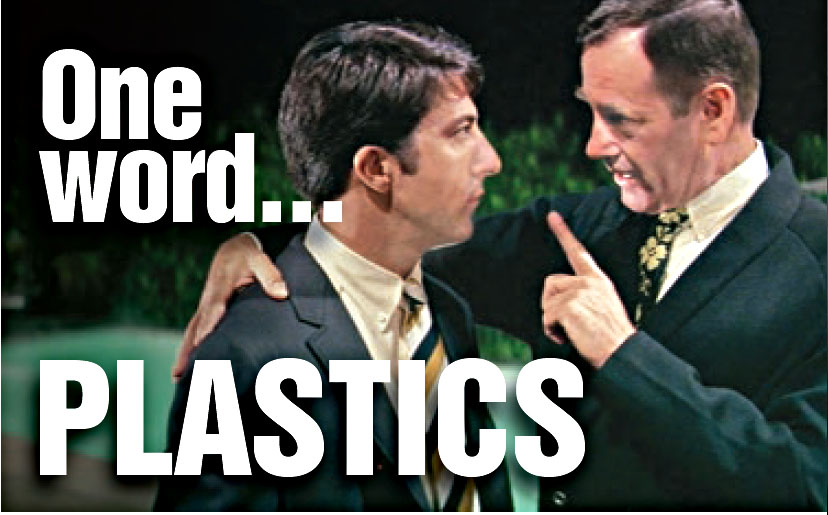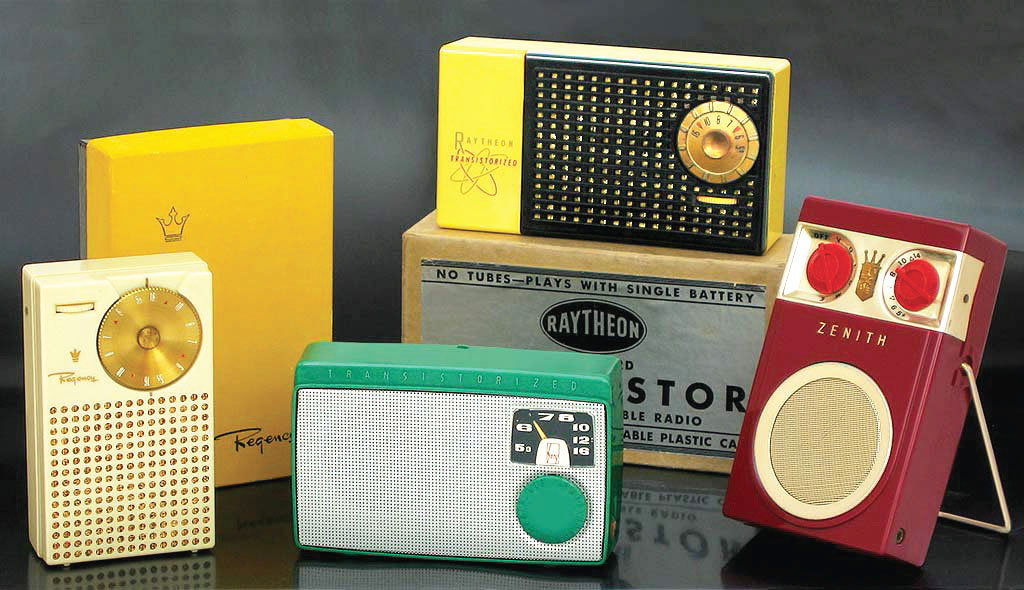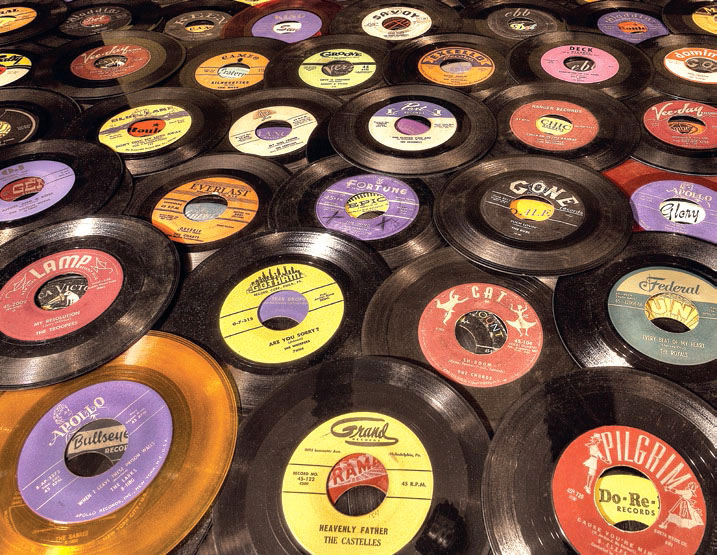Craze Gone Crazy
 |
|
|
Like a cloning machine gone wild, plastics technology and the mania that accompanied it impacted nearly everything in its path during the mid-century.
There were transistor radios, phonograph records, hula hoops, faux flowers, baby dolls and bottles, Tupperware, sandwich bags, bubble wrap.
You name it—nothing was left untouched in the Plastic Age that followed World War II.
And what about those snazzy furnishings inside your mid-century house of glass? Back then, and still today, plastic modern décor and Eichlers went together like soup and sandwich.
"The term 'plastic smile' is often used to describe a fake expression. It's the act of looking happy when you're actually not," says Rich Ross, a Los Angeles-based scriptwriter who also collects vintage radios, most of them encased in plastic.
 |
|
|
"It's interesting that plastic is associated with conveying this false mask of joy, since this carbon-rich material has given so much real happiness to people all over the world."
A flood of images is conjured up when one thinks of the use of plastics in the 1950s, '60s, and '70s. Open up a discussion on social media, and everyone seems to have a special memory tied to something plastic.
William Ponder in Southern California remembers the 'burp' of the Tupperware lid, and Hollie Ketman recalls plastic toys and the use of acrylic—a clear plastic—to hold her mother's hair in place.
But plastic didn't just cover bouncy, bubble-shaped hairdos. It also covered furniture in the living room; that is until relatives arrived for a visit or holiday meal.
"We had a bright butterscotch Naugahyde sofa," says Cary Levy Wagner of Orange County.
 |
|
|
"My mother used to freeze food in plastic containers," says Ellen Sanford, who grew up in New Orleans. "I swore the food tasted like plastic!"
Bay Area resident Karen Rogers chimes in with her own recollections: "White go-go boots made out of vinyl! I'd dance in my bedroom to the Beatles."
But for Rich Ross, one of the appeals of radios of yesteryear is the scent produced from plastic. "Vintage plastic, like wood, had its own unique aesthetic and quality. It even had it's own irreplaceable aroma," he recalls.
In addition to radios, the stuffing in most furniture was, and remains, polyurethane foam. The vinyl in cars may have been stamped with a leather pattern of cow wrinkles, but it was still plastic. For the last few decades, most of the plumbing installed in homes has been made of this same moldable material.
 |
|
|
Plastics have a bad rap because they negatively impact the environment. Strangely enough, the main problem with plastics is their benefit: plastic items are inexpensive to make and easy to discard.




